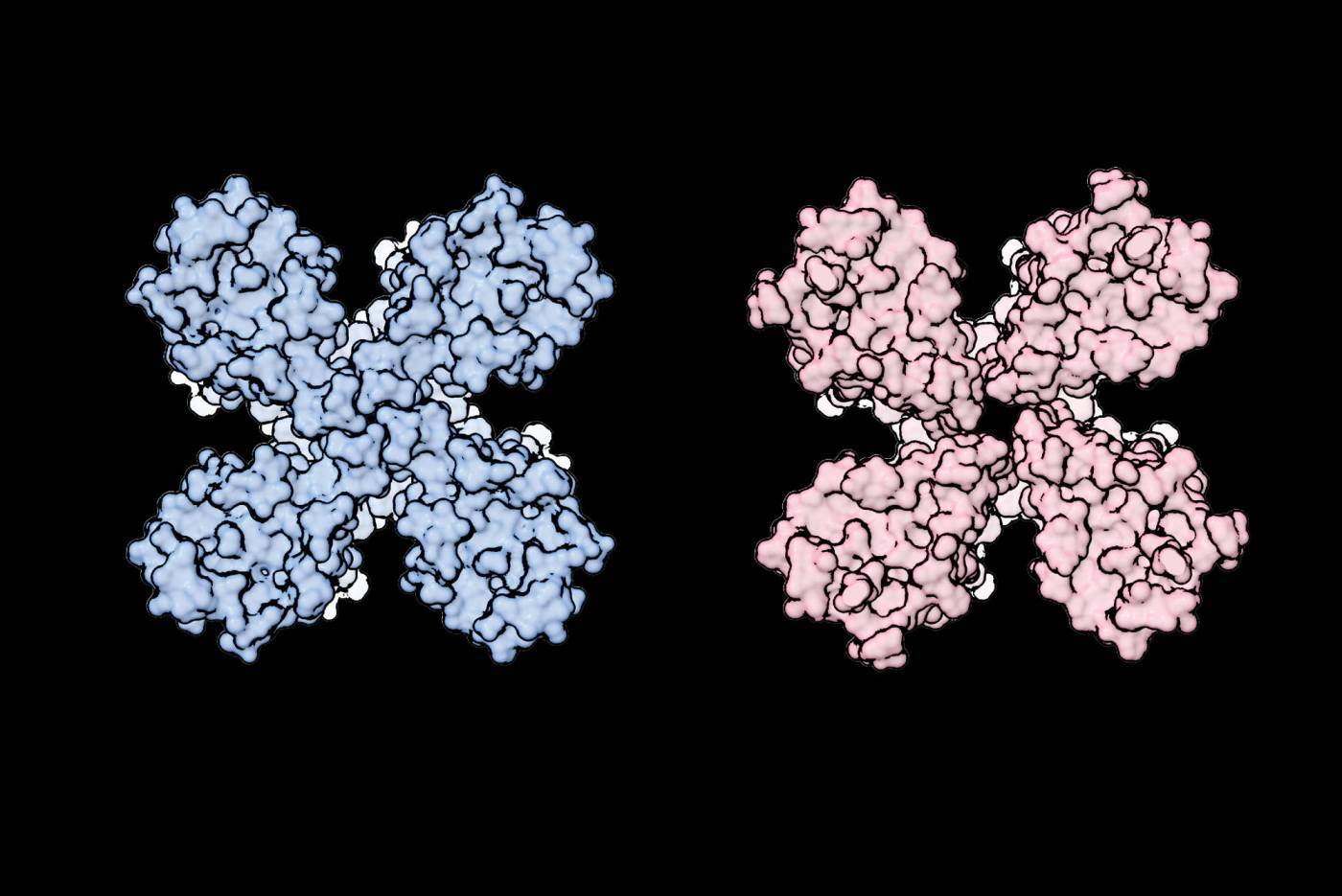By Michael Irving
August 11, 2021

A new study examines how olfactory receptors respond to odor molecules
Yaruta/Depositphotos
Our sense of smell seems to be the most complicated, and as such it’s the least understood. To help shed some light on the system, researchers at Rockefeller University have taken the first cryo-electron microscope images of an olfactory receptor at work in the simple system of an insect.
Receptors are key structures that help us understand the world around us through our five senses. There are touch receptors in the skin, photoreceptors in the retina, taste receptors on the tongue, sound-sensitive receptors in the inner ear, and olfactory receptors in the nose. They all respond to different stimuli, opening ion channels to transmit signals to the brain to interpret what we’re experiencing.
But the olfactory receptors are the most mysterious of all. While we only need three types in the eyes to see and six in the ear to hear, it takes over 400 receptors to smell – and even these pull double duty to detect the millions of different odorant molecules. A specific smell like coffee or roses is made up of hundreds of chemical components that stimulate different arrangements of receptors, and this precise activation pattern helps the brain decode what exactly it’s smelling.

An illustration of an olfactory receptor in its unexcited state (blue) and when it's been activated (pink) by an odor molecule. When activated, an ion channel in the center dilates, sending a message to the brain that the receptor has been activated.
The Rockefeller University
“The olfactory system has to recognize a vast number of molecules with only a few hundred odor receptors or even less,” says Vanessa Ruta, corresponding author of the study. “It’s clear that it had to evolve a different kind of logic than other sensory systems.”
So for the new study, the team set out to study that complex logic. The main question they wanted to answer was how a single receptor is able to recognize different chemicals, despite those molecules having different sizes and shapes.
To find out, they used a technique called cryo-electron microscopy, which involves firing a beam of electrons at a frozen sample to produce a 3D image of its tiny molecular structures. This was performed on the olfactory receptors of an insect called a jumping bristletail, which has a relatively simple odor-sensing system containing only five types of receptors.
Of these, the team chose one called OR5, which responded to 60 percent of the odor molecules they tested it on. Then they studied the structure of the OR5 receptor when it was alone, and when it was bound to one of two odorant molecules – eugenol (or clove oil), and the insect repellent DEET.
“We learned a lot from comparing these three structures,” says Ruta. “One of the beautiful things you can see is that in the unbound structure the pore is closed, but in the structure where it’s bound with either eugenol or DEET, the pore has dilated and provides a pathway for ions to flow.”
Next, the researchers examined where exactly the molecules were binding to the receptor. Despite being very different, the two molecules appeared to be binding at exactly the same location, within one pocket on the receptor. That actually goes against the two leading hypotheses – that receptors bind to a specific part of a molecule that may be common to a large group of odors, or that the receptors use different pockets to hold different molecules. Weirder still, the receptor and molecule pairs were only binding weakly.
“These kinds of nonspecific chemical interactions allow different odorants to be recognized,” says Ruta. “In this way, the receptor is not selective to a specific chemical feature. Rather, it’s recognizing the more general chemical nature of the odorant.”
The team says that this observation helps explain how receptors are able to bind to large swathes of odor molecules, but not all. That helps smaller numbers of receptors build into an olfactory system that can recognize millions of different chemicals.
They also found that it only takes one mutation in the amino acids of the binding site to change which molecules will stick. That in turn can explain how so many varieties of odor receptors have evolved in insects. The general principle behind this likely also occurs in other animals, including humans, the team concludes.
The research was published in the journal Nature.
Source: Rockefeller University
No comments:
Post a Comment